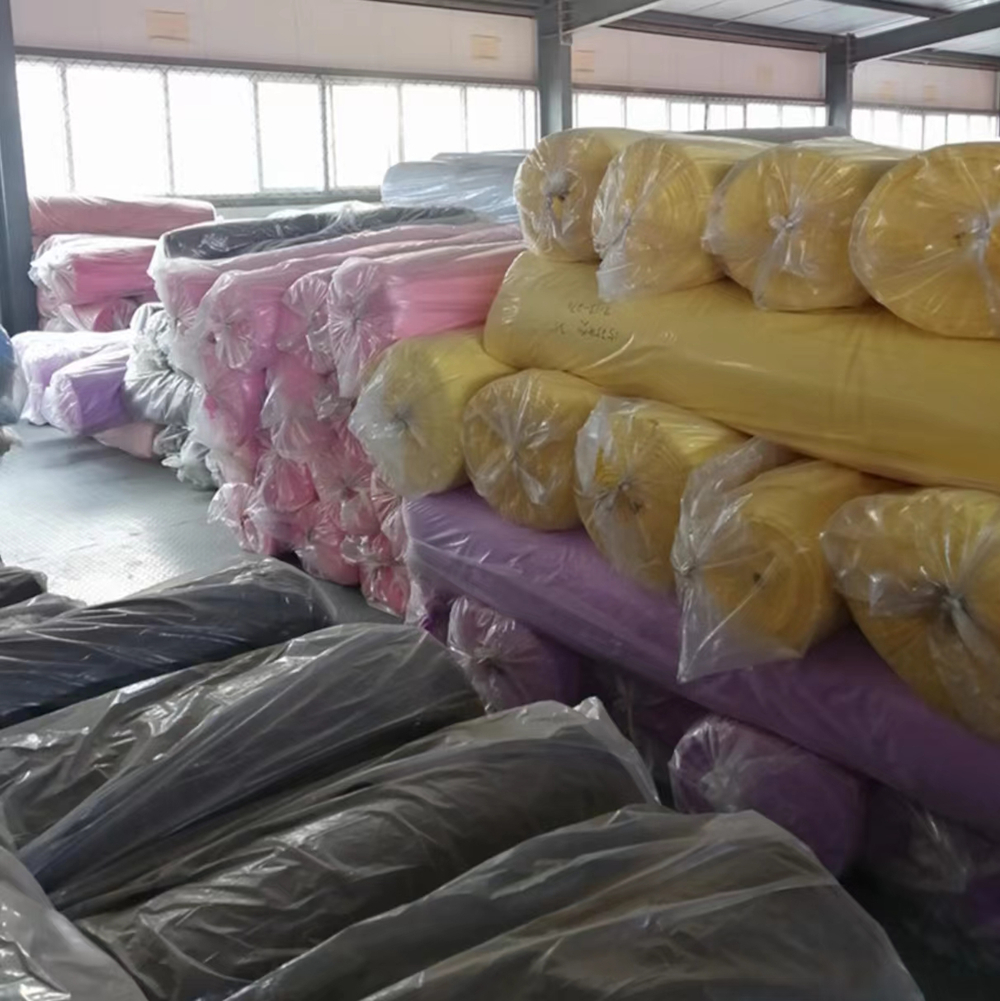1. Raw material preparation
Material selection: Usually cotton, bamboo fiber, microfiber and other materials with good water absorption and softness are selected.
Pretreatment: Wash and bleach the raw materials to ensure that they are clean and free of impurities.
2. Spinning
Opening: Open the fibers and remove impurities.
Combing: Further comb the fibers to arrange them neatly.
Spinning: Spin the combed fibers into yarn.
3. Weaving
Warping: Arrange the yarns on the warp beam according to a certain pattern.
Weaving: The warp and weft yarns are interwoven into terry cloth through a loom. Common weaving methods include plain weave, twill and jacquard.
4. Dyeing and finishing
Dyeing: Dye the terry cloth according to needs, which can be done by dip dyeing, printing and other methods.
Rinse: Remove excess dyes and chemicals.
Softening: Use softeners to make the terry cloth softer and more comfortable.
5. Drying and shaping
Drying: Remove moisture through a dryer.
Shaping: High temperature shaping ensures stable size and is not easy to deform.
6. Cutting and winding
Cutting: Cut the large roll of towel cloth into the required width as required.
Winding: Roll the cut towel cloth into cloth rolls for easy packaging and transportation.
7. Inspection and packaging
Inspection: Check the quality of the towel cloth to ensure that there are no defects.
Packaging: Pack as required, usually protected by plastic film or carton.
8. Storage and transportation
Storage: Store in a dry and ventilated warehouse.
Transportation: Deliver the finished product to the customer or sales point through logistics.
Summary
The production process of towel cloth rolls includes raw material preparation, spinning, weaving, dyeing and finishing, drying and shaping, cutting and winding, inspection and packaging, storage and transportation, etc. Each link must be strictly controlled to ensure product quality.
Post time: Mar-10-2025


